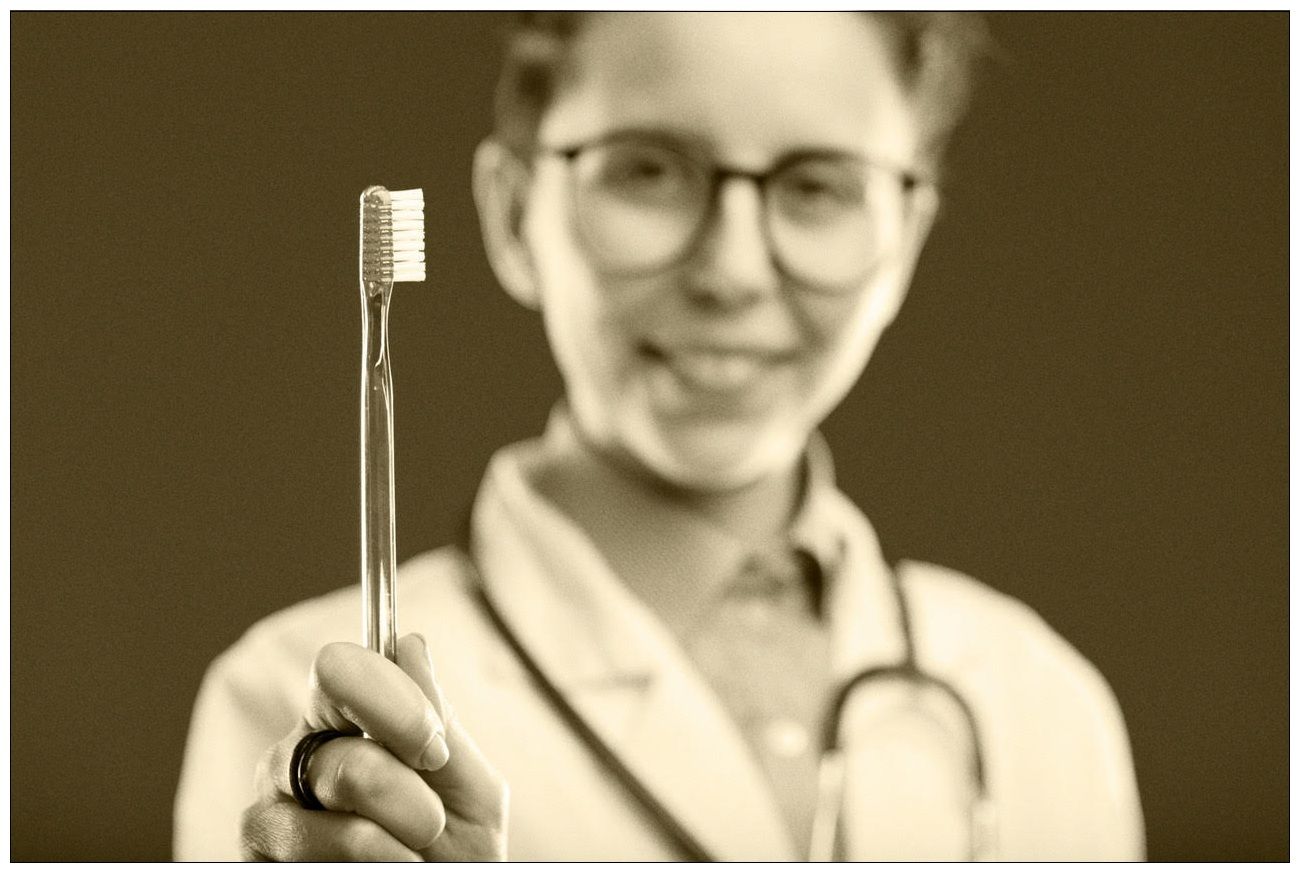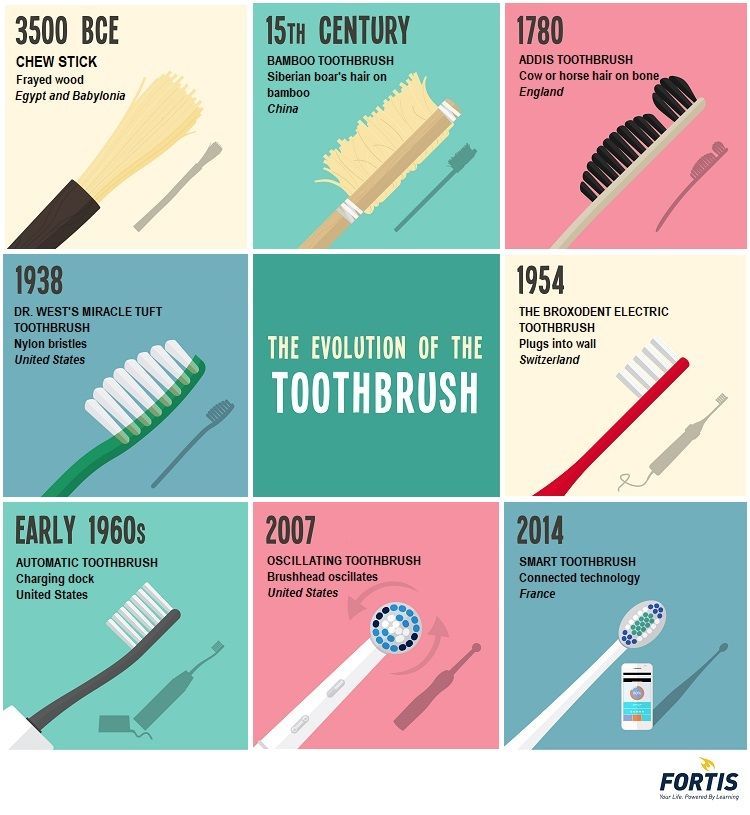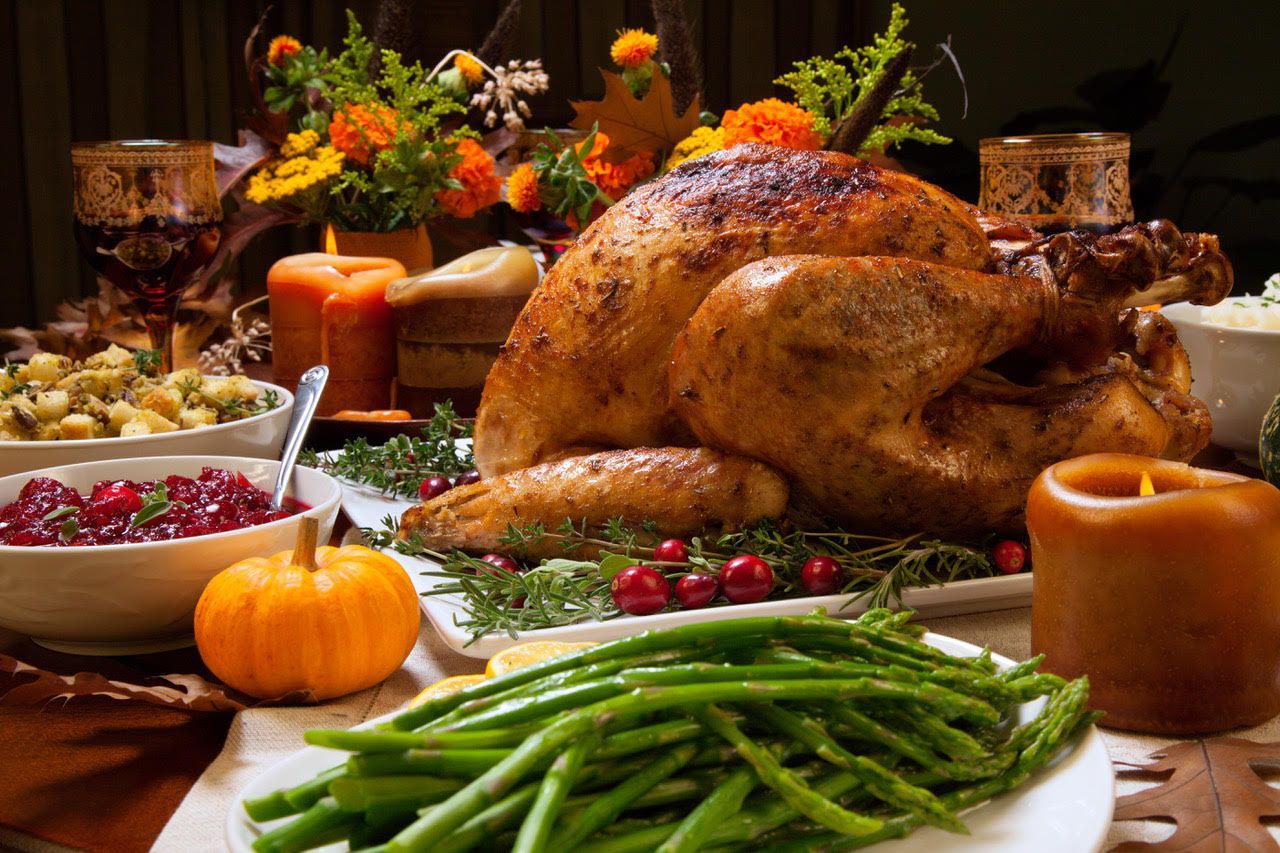Say Cheese! The Evolution of Oral Hygiene

How Our Ancestors Treated Their Teeth
Did You Know...
- The humble toothpick is the oldest dental implement, dating back to prehistoric times.
- Ancient civilizations believed that cavities were caused by tiny worms burrowing into teeth. The most common treatment for "tooth worms" was to smoke them out with a mixture of charcoal and beeswax.
- In 1960, almost half (49%) of American adults could be expected to lose all their teeth. As of 2010, that figure has dropped to 13%.
For as long as humans have roamed the planet, keeping teeth healthy—indeed, keeping them at all—has presented a challenge. The practice of dentistry began around 7000 B.C., but professional dental care wasn't widely available until many centuries later.
As recently as 200 years ago, barbers typically doubled as dentists, yanking teeth as well as cutting hair. Today's familiar red-and-white-striped barber pole traces its origins to when barbers hung bloody towels outside their establishments following surgical procedures.
DIY Dental Care
For countless generations, dental care was essentially a do-it-yourself project.
Ancient peoples may not have understood that cavities were caused by bacteria (not tooth worms), but they did recognize the importance of keeping their teeth clean. For instance, in pre-toothbrush times, early ancestors would chew on thin twigs until one end frayed, creating a sort of brush. "Chew sticks" are still used in some cultures today.

Iowa Welcomed First Woman Dentist
The world's first fully accredited female dentist could credit her fellow Iowans for helping her achieve that esteemed designation.
After the Ohio College of Dentistry refused to admit Lucy Beaman Hobbs in 1861, the dean agreed to teach her privately. A year later, she relocated to Iowa (first Bellevue and then McGregor), where she spent three years practicing dentistry.
Hobbs gained professional recognition in 1865 when she was admitted to the Iowa State Dental Society and appointed as a delegate to the American Dental Association convention in Chicago.
By then, the Iowa State Dental Society had pressured the Ohio college to finally admit Hobbs as a student. Because she had already practiced successfully for several years, Hobbs was only required to attend one session before earning her DDS in 1866.
Source: Sindecuse Museum
While oral hygiene tools available to our ancestors have evolved, they bore a striking resemblance to modern implements.
Picking Through the Past
According to anthropologists, the toothpick dates back more than a million years. Over the centuries, this humble dental implement has transitioned from an everyday object to a status symbol and back to an everyday object. The earliest toothpicks were tiny slivers of wood, bone, or ivory, although crow and goose quills were also popular.
Toothpicks rose to the rank of status symbol during Victorian times when the elite would brandish picks made of silver or gold. (In 2009, an engraved ivory and gold toothpick that once belonged to Charles Dickens was sold at auction for more than $9,000.)
Toothpicking at meals was so prevalent in 19th-century social circles that etiquette books frequently addressed the topic.
But in the 1860s, the toothpick returned to its unassuming wooden roots when an American entrepreneur began mass-producing 500 million a year. Free toothpicks quickly became ubiquitous restaurant giveaways.
Today, toothpicks are no longer favored by oral healthcare practitioners due to the potential damage to gum tissue.
The First Dentifrices
Surprisingly, toothpaste predates the toothbrush. As early as 5000 BC, ancient Egyptians created a dental cream from powdered oxen hooves, myrrh, eggshells, and pumice. About 4,000 years later, the Persians added burnt snail and oyster shells, gypsum, herbs, and honey.
Homemade toothpastes and powders remained popular well after the introduction of commercially produced versions centuries later. Common mixtures included powdered orris root, charcoal, and Peruvian bark with prepared chalk and lavender oil.
The first squeezable tube of toothpaste became available in the 1880s. It was quickly mass-produced, marketed, and sold nationwide.
Fluoride entered the picture in 1954 when Proctor & Gamble launched "Fluoristan," a precursor to Crest. Today, all toothpaste brands bearing the American Dental Association's seal of acceptance must contain fluoride.
Brushing Up on Oral Hygiene
The toothbrush was invented in China during the Tang Dynasty, between 618 and 907 A.D. At that time, and up until the 15th century, bristles were made from boar's hair, while brush handles were fashioned from bamboo or bone. (Environmentally friendly boar-bristle toothbrushes are still available today.)
The prototype for the first mass-produced toothbrush was created in 1780, but the first patented toothbrush didn't arrive on the scene until 1857. Nylon bristles were finally introduced in 1938.
A year earlier, an American inventor had patented his design for an electric toothbrush, but it failed to catch on. That is until a Swiss scientist unveiled his particular model in 1954. The "Broxodent" was initially intended to assist people with limited mobility but was soon marketed to the general public.
--Article Continues Below--

Don’t Forget to Floss!
Dental floss was a relative latecomer to the oral hygiene world. First introduced by New Orleans dentist Levi Spear Parmly in 1819, the idea of running "waxed silken thread" between the teeth to help prevent disease gradually became more common throughout the 19th century.
By 1882, commercially available floss of waxed or unwaxed silk became available. Nylon floss replaced silk during World War II because of silk rationing and nylon's resistance to shredding. The modern-day floss that's become a staple in dental offices and American households is comprised of various synthetic fibers.
To all our dental industry friends
who keep us smiling…

THANK YOU!
Sources:
Featured Image: Adobe, License Granted
History.com
Oral B
Fourteenth Century Fiend
History of Dentistry and Medicine
Recent Posts
VISIT US
HOURS
HOURS
This communication is from a debt collection agency and is an attempt to collect a debt. Any information obtained will be used for that purpose.











Share On: